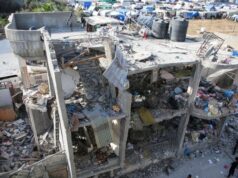The inside story: Mashkoh– Kargil as I saw it # 9
By
Brig Umesh Singh Bawa Vrc, SM
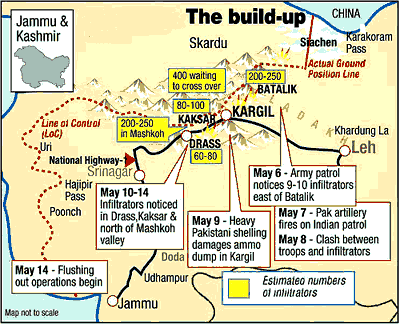
In the month of May 1999, units from the counter-insurgency grid in the valley were rushed in a hurry without adequate information and preparations to deal with the emerging situation. There was chaos in the area with rising casualties to own troops without any worthwhile success. The situation on 01 Jun was as given in succeeding paragraphs.
16 Grenadiers was holding the Dras sub-sector with two companies and the other two companies were sent to Batalik on 07/08 May to deal with the Pakistani intrusion. No worthwhile reserves were available in this sub-sector at that moment.
1 Naga reached Dras on 11 May. It was employed in company/platoon columns from Safaid nallah to Bimbat nallah and the unit was dispersed over a large area. It could not capture any heights due to heavy enemy presence and suffered casualties both due to enemy fire and high-altitude weather conditions. The battalion was in operations for 22 days without any rest or respite.
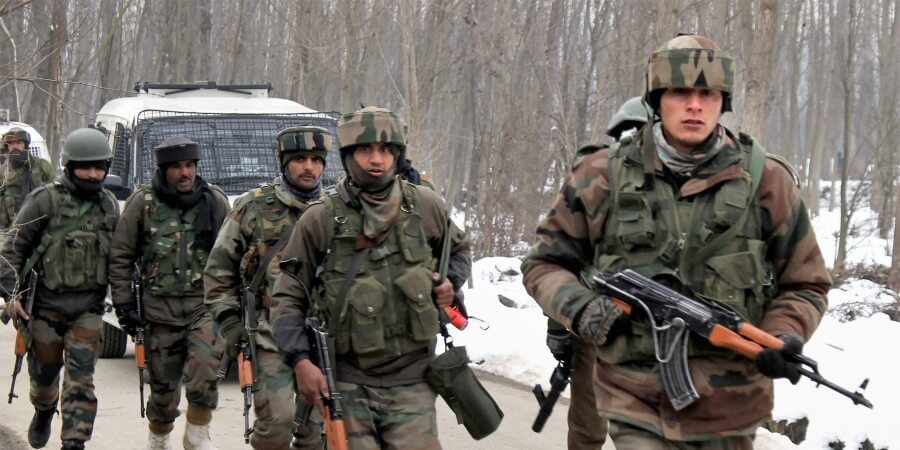
8 Sikh was inducted on 14/15 May in Dras. It was mainly applied against Tiger Hill. The unit launched an unsuccessful bid on Tiger Hill from the south-east direction. The battalion had secured a firm base around Tiger Hill from the south-east and northern route.
18 Grenadiers was inducted into Dras by 18/19 May. The unit was tasked to capture Tololing. They launched an attack on Tololing on 29/30 May from the south and south-east direction, but could not progress due to heavy enemy fire. They lost Maj Adhikari, whose body could not be recovered immediately. On 01 Jun two companies of the unit had established the firm base from the south and south-east direction. At places, the distance was only 30-40 meters between the two forces. Another attack was launched under the 2IC, Lt Col Viswanathan, on 02 Jun night, but had to be called off in the early stages due to loss of 2IC and six other ranks due to enemy artillery fire. The battalion remained firm in the area already occupied by them.
In the Mashkoh sub-sector, the initial information available about the intrusion was very scanty. Point 4875 was initially reported to be occupied by 8-10 insurgents. Till the arrival of 79 Mountain Brigade on 25 May, no significant action took place in this sector, except employment of 28 RR less two companies in probing and containment role mainly in a limited area. From 25 May, 79 Mountain Brigade with 17 Jat and 12 Mahar started gathering information and commenced operations in this sector.

On 01 Jun, 8 Mountain Division under Major General Mohinder Puri was inducted into Matayan and took over the charge of 56 Mountain Brigade and 79 Mountain Brigade under it. Till now, these formations were under 3 Infantry Division, the holding formation, actually responsible for the whole fiasco. They were in a hurry to contain the intrusion. They thus sent troops for eviction of the enemy intrusions without much information, preparation and planning, as if we were dealing with the militants in a counter-insurgency area. The troops were employed without acclimatisation. Some troops did not even have the winter cold climate clothing. They were inducted without any orientation training in offensive operations in high altitude area, straight from their previous counter-insurgency role. However, Gen Mohinder Puri realised this shortcoming and therefore took his own time to plan the offensive operations after careful reconnaissance.
Planning Process at Headquarters 8 Mountain Division
The GOC 8 Mountain Division realised the mistakes committed earlier by formations of the 3 Infantry Division while employing troops for eviction of the intruders and decided to iron out those mistakes. Accordingly, GOC 8 Mountain Division, called all the brigade commanders and the commanding officers and conveyed the following aspects. He said that he appreciated that there were three to four companies of regular Pakistan Army, supported by Mujahedeen in Dras and Mashkoh sub-sector. His priority was to eliminate the enemy’s dominance of NH 1D and then later throwback intruders and secure areas up to LOC. Dras was accorded priority vis-à-vis Mashkoh.
In Dras sub-sector it was decided to capture Tololing ridge, due to its domination of NH 1D and Dras town. Heavy punishment by artillery, including direct firing by Bofors was planned. It was also decided to pull out troops who have been operating for long without adequate rest, to give them time to get ready and prepare for further operations. I Naga was first to be pulled out from 04 Jun to 17 Jun 99. 56 Mountain Brigade was to be applied in Dras sub-sector.
In the Mashkoh sub-sector, the units of 79 Mountain Brigade (12 Mahar and 17 Jat) were asked to carry out containment action, aggressive patrolling and recce of the objective area. Secure critical heights and exploit any enemy weakness if noticed. Enemy’s main administrative base was located at Point 4388, which supported the troops deployed in Mashkoh and Dras sub-sector.
The build-up of artillery was to be accorded priority. The GOC wanted 5 to 6-second lines of artillery ammunition to be dumped for deliberate attacks. Besides, high altitude equipment, clothing and rations were also to be made available to the troops.
The battalions had moved from the valley where they were operating in counter-insurgency operations. It was decided to give them 8-10 days to acclimatise, train and rehearse for the attack in the mountains, to ensure success in the first deliberate attack of the division, on Tololing. The GOC particularly emphasised drills at company and platoon level, and the establishment of a firm base.
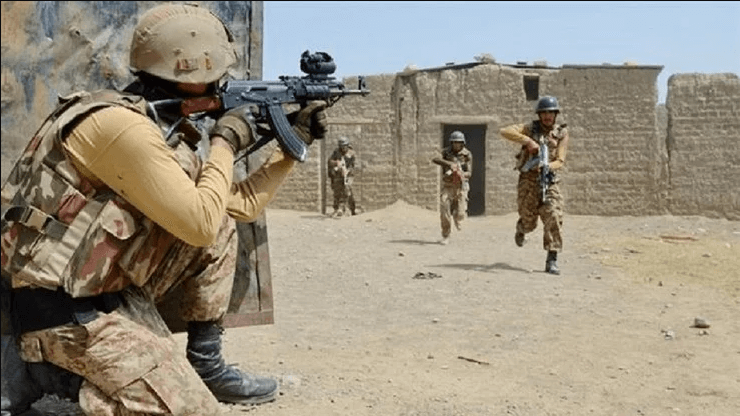
The intelligence available of terrain and enemy was not adequate. It was decided to give sufficient time to CO and company commanders to carry out both ground and aerial recce and provide available air photos before making plans for an attack. Reserves were earmarked at all levels.
At brigade minimum 4-5 contact points and battalion level 2-3 contact points whenever feasible, were planned for initial attacks. Commanding officers were not to be pushed or hurried to launch an attack or capture objectives by given date/ time if tactically not possible.
Battalions capturing the objective were to be relieved at the earliest time frame by reserves, and brought down to rest and recuperate. Recycling of troops was to be done only after 8-10 days. It was decided to provide 100 porters to the attacking battalions.
79 Mountain Brigade Offensive Plan
The brigade had 28 RR less two company, 12 Mahar and 17 Jat under command for operations in Mashkoh valley. Commander identified two most important key features, the capture of which would effectively unbalance the defence system in Mashkoh valley. These two features were Point 4875 as the initial objective and Point 4388 as the terminal objective. The capture of Point 4875 was essential to eliminate the enemy observation, and fire on NH 1D and the capture of Point 4388 was aimed to destroy the enemy source of logistic sustenance. Accordingly, 28 RR was tasked to provide a firm base for the progress of operation by 17 Jat and 12 Mahar. 17 Jat was to develop actions east of Safaid nallah along with thrust line Point 4875 as initial objective; Point 5060 and Point 5063 as intermediate objective and Point 4388 as terminal objective. 12 Mahar was to develop operations west of Safaid nallah along thrust line DBT on to Point 4388 as terminal objective.
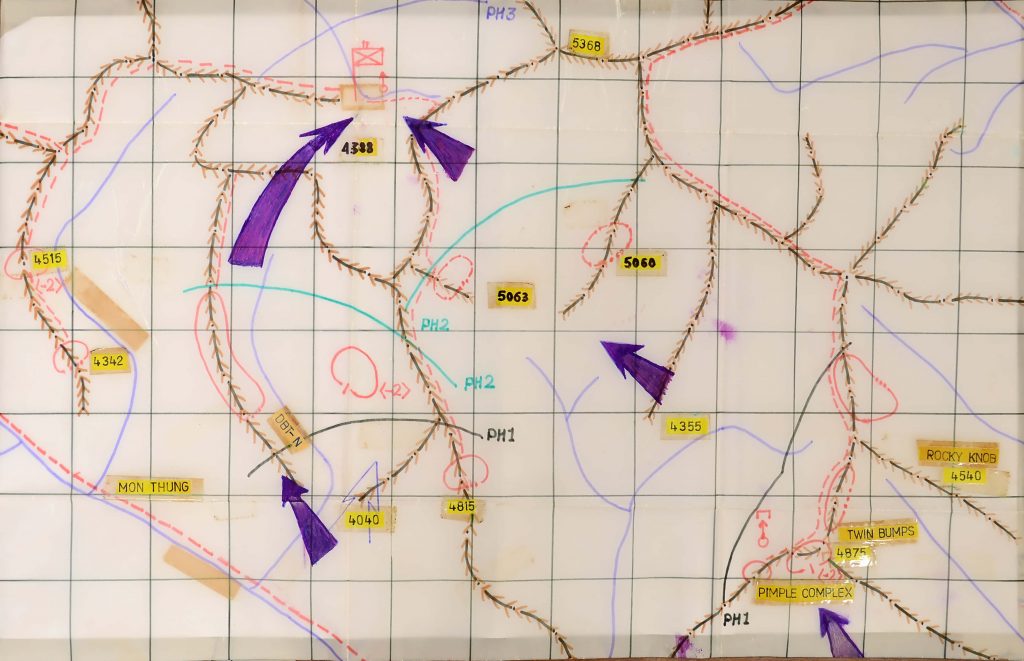
The plan of 79 Mountain Brigade looked very impressive when plotted on the map, with two separate thrust lines, along different ridgelines, finally culminating to the terminal objective of Point 4388. If we analyse the above tasking of the battalions, it appears to be a tall order for one unit. It seems the brigade wanted to bite more than it could chew. The objectives given to the battalions were beyond their capabilities. Probably, the plan was made off the map, without obtaining requisite information about the enemy. Developing two-battalion operations along two independent thrust lines, so widely apart, defies the very basic of employing troops in the mountains at such high altitudes. It would have been better if we had concentrated our effort on one thrust line. The 17 Jat thrust line was more important than the 12 Mahar thrust line, and all our efforts should have been focused on 17 Jat thrust line. Also, the initial attempt of the two battalions (17 Jat and 12 Mahar) should have been utilised for the capture of Point 4875. Then the operations should have been progressed according to the success achieved. 28 RR could have been used for containment action in the remaining areas.
We dispersed our forces on a wide extent and went against the basic principle of the war of concentration of effort at the point of decision. Here, the objective of the decision was Point 4875. In the bargain, during the initial period, we neither achieved success in the 12 Mahar area nor did we achieve success in the 17 Jat area. 8 Mountain Division had tasked 79 Mountain Brigade to contain the enemy in Mashkoh valley and exploit if any fleeting opportunity that may arise. The task to hold the enemy could well have been given to 28 RR, and the two infantry battalions should have been used to capture Point 4875 and Pimple Complex by the middle of Jun 99. Since till then, sufficient information about the enemy deployment was available with 17 Jat.
It brings me to another crucial point. When the brigade commander makes his plans, he should also discuss the same with his battalion commanders, who have sufficient experience to give sane advice. Including your subordinate commanders in the planning process is very important for making a sound plan. Team participation is critical to developing a bold and innovative strategy. The planning process and briefing must be a forum that encourages discussions, questions and clarification even from junior personnel. The above method was very broad-based and lacked focus. Planning in isolation will result in many inaccuracies as above.



